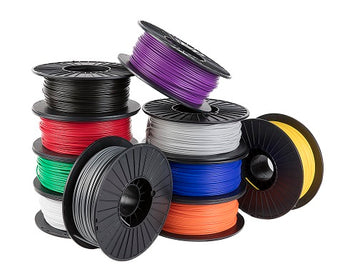3D Printing in Education
How is 3D printing used in Education?
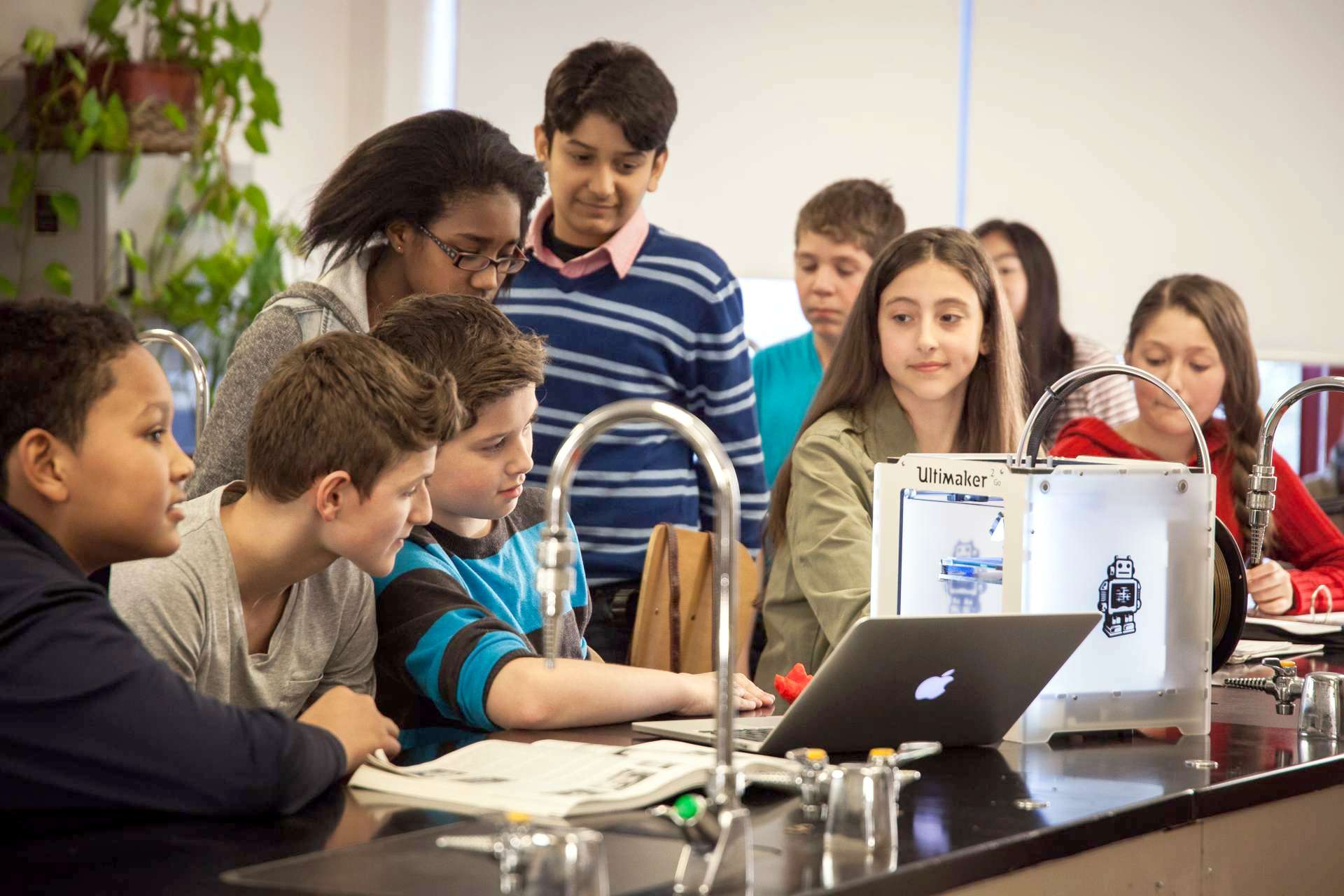
It is critically important to prepare students for the jobs of tomorrow by equipping them with skills on the latest technology of today. This is true for both k-12 education, as well post secondary.
Research in Post Secondary Institutions
Researchers at Cardiff University use 3D printing to create small devices that move small volumes of fluid and are used in various areas of research. 3D printing makes it possible to share the devices with other researchers, making the study of microfluidics more accessible to a wider audience. The 3D printed devices offer a cost-effective alternative to the traditional ones, which are expensive and require specialized skills and equipment.
Embracing 3D Printers in High School
In Cowley International Collegein St. Helens, England, Advanced Skills Teacher Rob Jones uses 3D printing to teach his high school students. Students are able to play around and try all sorts of different things with the printers. This allows them to experience for themselves what works, and what doesn’t. It gives them the freedom to think creatively and without restraint.
"What it teaches the students is not to be afraid of making mistakes. By physically printing them it allows them to test and then improve upon their design." – Rob Jones, teacher
Inspire Creative Thinking
Traditionally, students are forced to follow a set curriculum. They have a limited opportunity to really explore their own ideas, passions, and creativity. When you give the power of a 3D printer to a student, it allows them to begin thinking outside the walls of set curriculum. Once you also add in the skillset of competent computer aided design and design thinking, now you are opening up a whole new world of opportunity to your students.
Allow your students to focus their 3D printing and design experience on something they are genuinely interested in and you will be amazed at the engagement you will see.
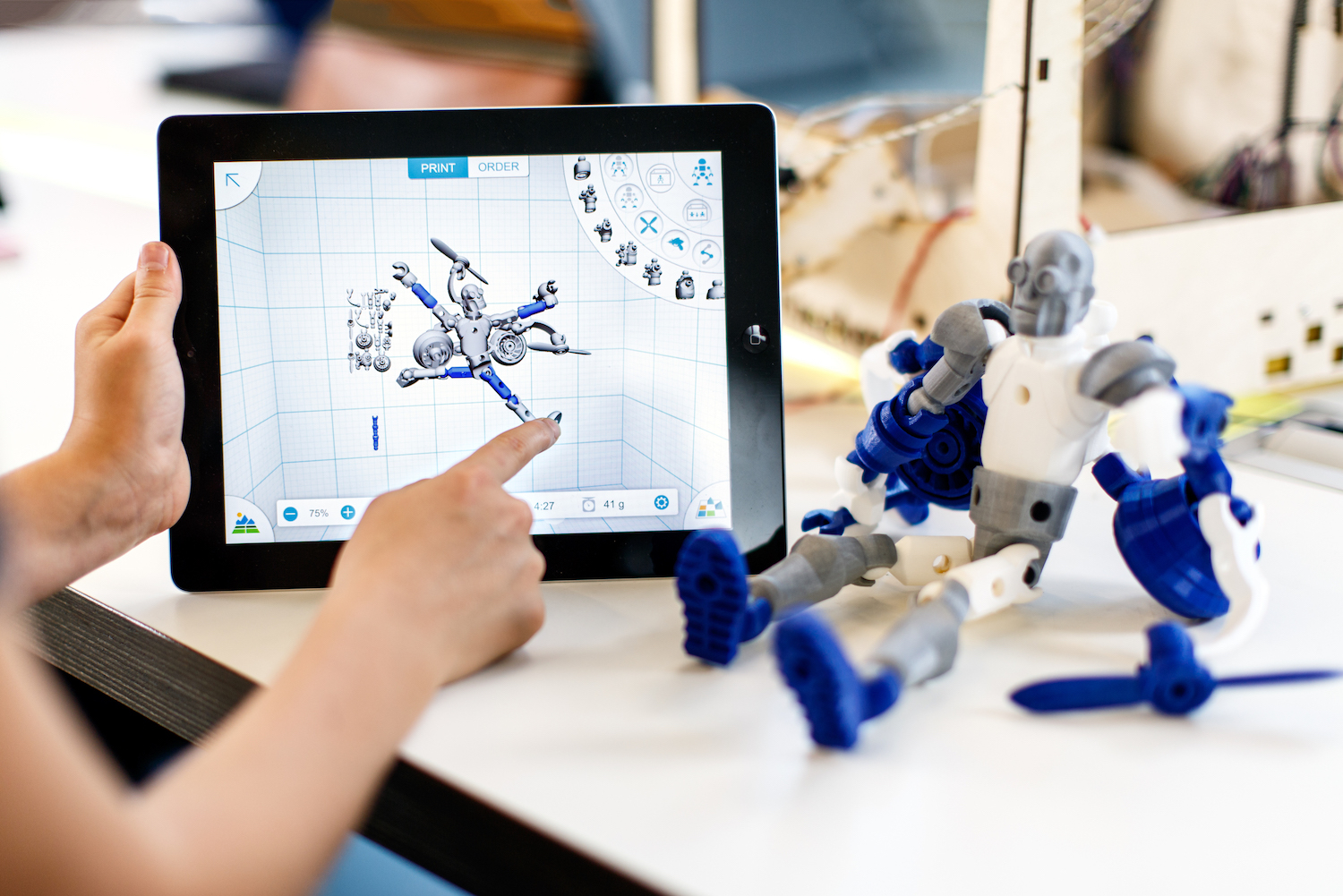
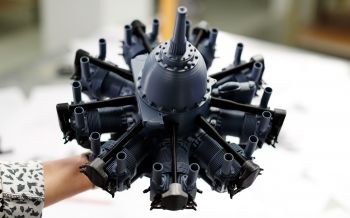
Offer Students a Fresh Perspective
For those students studying more technical fields at university, having the ability to 3D print concept models and see ideas come to life is invaluable. This allows the learning to really transcend the computer screen by bringing a students ideas to life. Working with design software and simulations is one thing, but actually printing and testing a design offers a whole new perspective.
Do you want to recieve more helpful articles like this one sent right to your inbox? Sign up for our newsletter today!
Students Create Our Future
Cars that can run on electricity, as an alternative to traditional gasoline, have become very popular thanks to the likes of hybrid models like the Toyota Prius and electric car manufactures like the Tesla. And we're close to seeing the next generation of more advanced technologies like hydrogen fuel cells introduced in road-going cars. But Team FAST is already working on the next step in sustainable fuel: formic acid.
Team Fast (Formic Acid Sustainable Transportation) is a multidisciplinary research team founded by honor students from the Technical University of Eindhoven in the Netherlands. The goal of Team FAST is to develop formic acid as the future of sustainable fuel, a gasoline alternative that could replace fossil fuels not just in cars but in all possible modes of transportation.
The team has successfully demonstrated the concept with a scale model powered by a 30 Watt version of their design. This scale model was built in record time by the team, thanks in no small part to their 3D printers they use for prototyping. Their success has already garnered them international recognition and a 50,000 euro grant from a major technology foundation.
Team FAST was started in 2015 and they planned to finish a working scale model by the end of the year. Such an ambitious timeline could only be achieved by using the best in agile prototyping techniques. Thanks to their Ultimaker 3D printer the team was able to design and print custom mounts and fittings as soon as new parts for their prototype arrived. The traditional alternative would have been to wait days or even weeks for custom milled parts to be produced.
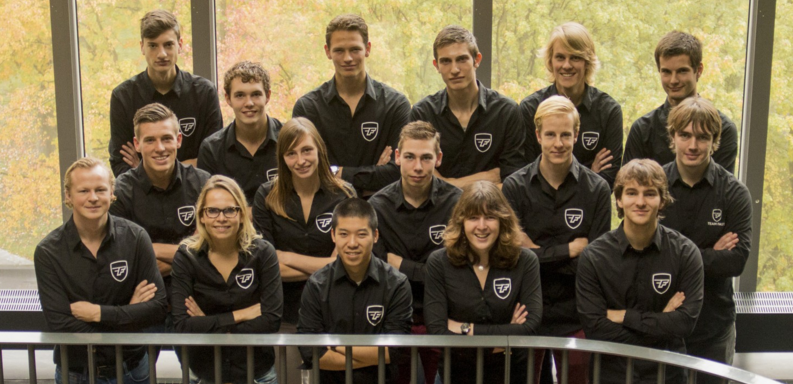
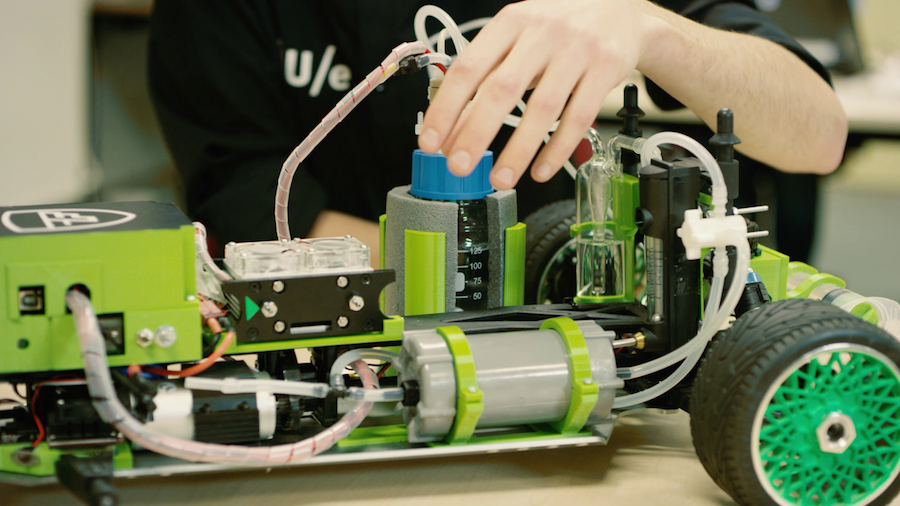
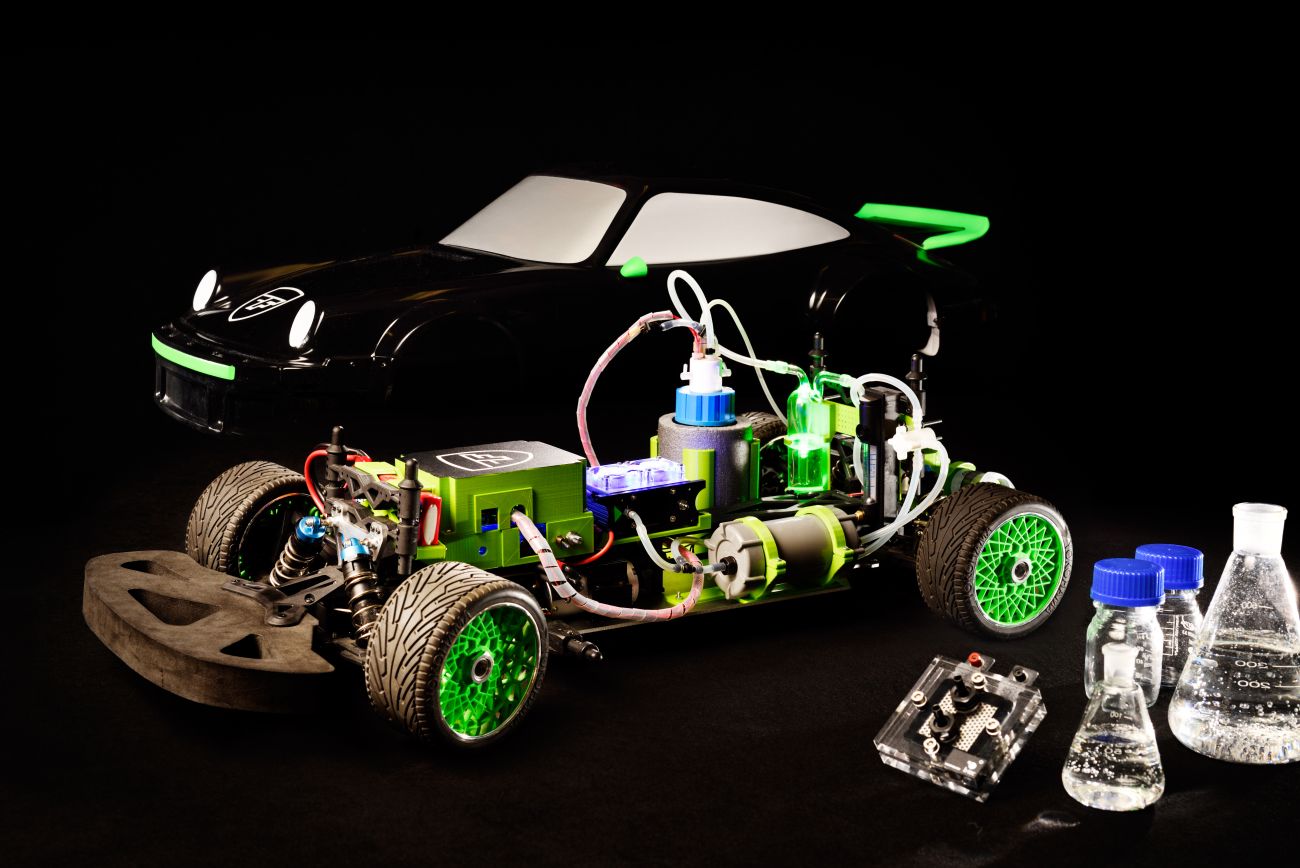
Resources

Thingiverse Education

3D Related Blog Posts and Case Studies by Educators
Teachers, educators, and professors can see the value in allowing their students to develop an idea into something they can actually hold. As these machines become more and more common in the professional world, it is paramount that students have the skills needed to fullfill the needs of future employers when it comes to rapid prototyping and 3D printing.




